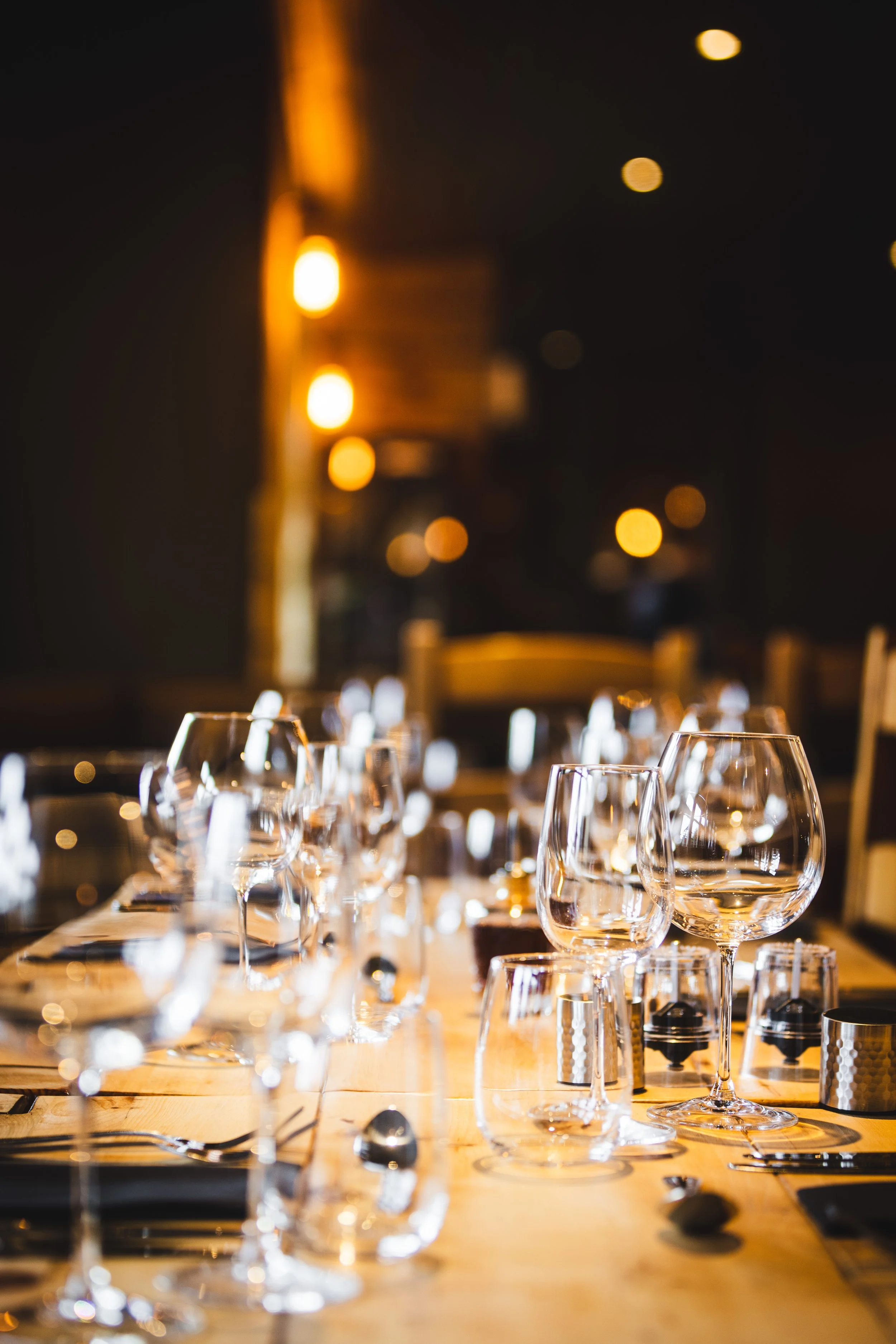Have you noticed the rise in popularity of restaurants embracing dark, almost black interiors? As a food photographer, I find myself both intrigued and challenged by this trend. It adds a captivating element to the dining experience, but it also presents unique hurdles when it comes to capturing the perfect shot.
Walking into a restaurant cloaked in darkness creates an ambiance that can be moody, cozy, or even a touch mysterious. The flickering candlelight and the interplay of shadows create a theatrical backdrop for the culinary delights that await. However, as I've discovered, these dimly lit spaces require some technical wizardry to beautifully capture their essence.
One essential tool that becomes almost indispensable in these scenarios is a sturdy tripod. With the limited ambient light available, long exposure times often become necessary to capture the details without sacrificing image quality. The tripod allows us to keep the camera steady and avoid any blurriness that might result from hand-held shots.
Another must-have addition to the toolkit is the trusty flash. While some purists might shy away from using additional lighting, employing a well-diffused flash can help perfect the shot. It can assist in illuminating those intriguing nooks and crannies, highlighting textures, and preventing any loss of detail that the low light might otherwise obscure.
However, it's important to use flash judiciously so as not to disturb the unique ambiance that the dim lighting creates. I strive to strike a balance between enhancing the features of the interior design and maintaining the integrity of the dining experience.
That being said, I can't help but acknowledge the occasional frustration when dining at these trendy, dark-themed restaurants. While the enigmatic atmosphere adds to the overall charm, it also poses a challenge when it comes to appreciating the culinary creations before us. The difficulty of discerning the dish's intricate presentation and colors can sometimes dampen the delight that comes from vibrant and visually enticing fare.
Nevertheless, as a food photographer, I relish the opportunity to dissect these dark ambiances and showcase their allure through the lens. It becomes a thrilling chase to capture the unique textures, contrasts, and hidden corners that make each establishment distinctive.
So, the next time you find yourself in one of these dimly lit establishments, take a moment to appreciate the carefully crafted atmosphere. And spare a thought for the photographers who navigate the shadows to capture the magic on camera. It's a challenging endeavor, but the end result is a glimpse into an extraordinary world where culinary artistry and dark enchantment intertwine.





